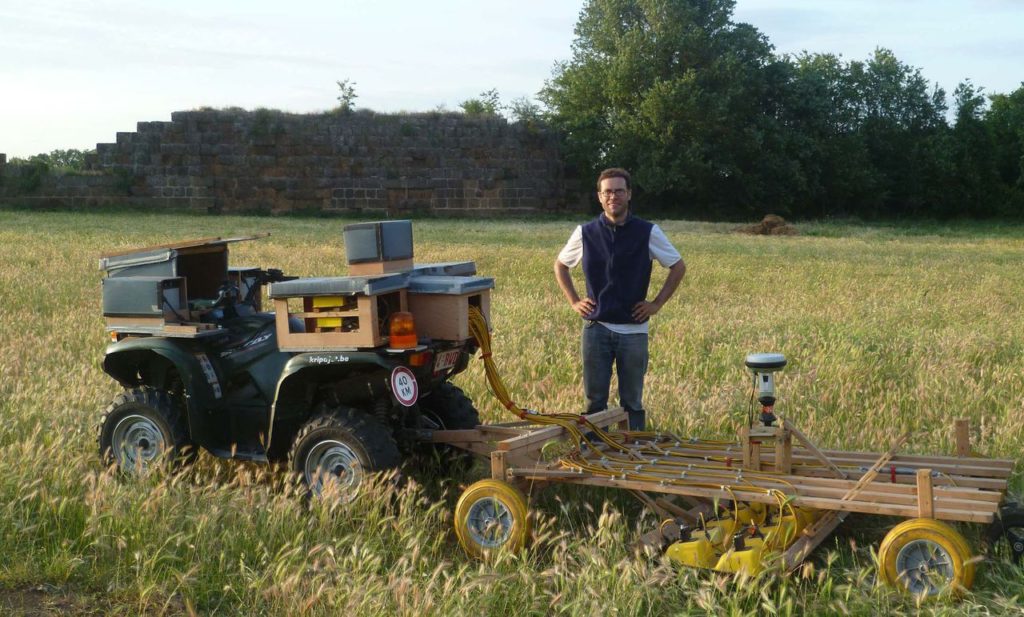Researchers from the universities of Cambridge and Ghent have succeeded for the first time in mapping an entire city of Ancient Rome without breaking ground.
The team studied the site of Falerii Novi, about 50km north of Rome, using ground penetrating radar (GPR). The city was founded in 241 BCE during the Roman republic, and continued to be inhabited until about 700 CE.
The city is now buried, apart from a small section that was excavated earlier but then abandoned. The archaeologists fitted the GPR unit to a trailer pulled by an all-terrain vehicle, which was then driven over and over the site to create a complete image.
GPR works like any other radar: a pulse is sent out by an antenna, and depending on the echoes that come back, it can create an image of what is underground.
This is the first time GPR has been used to such an extent, demonstrating how it is possible to map a site without excavation, which is not only time-consuming but also disruptive and expensive.
“This took one person about three to four months in the field,” Martin Millett, a Cambridge professor who helped lead the study, told Reuters. “This really does change how we can study and understand Roman towns — the way of the future for archaeology.”
Among the features detected were a temple and an elaborate bathhouse for its 3,000 population, as well as a public monument on one side of the city made up of a colonnade on three sides of a large open square – about 14 times the size of a tennis court.
According to Frank Vermeulen, professor of Roman archaeology at Ghent university, the latest development is only a curtain-raiser for what is to come. Another member of the team from Ghent, Dr Lieven Verdonck, will now feed the data from the scan of the site through specially developed artificial intelligence applications to gather the entirety of the data, including what is not visible to the naked eye.
Between the gathering of data and the interpretation, the team is opening up the future of the archaeology of antiquity, Prof Vermeulen told the VRT.
The results of the study are published in the academic journal Antiquity.
Alan Hope
The Brussels Times

